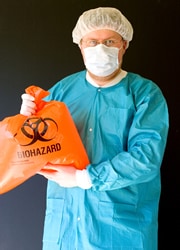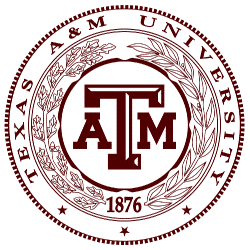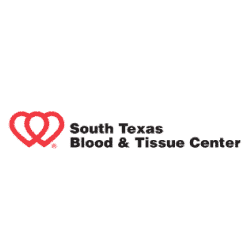Medical Waste Collection: Understanding Waste Categories
Medical Waste Collection: Understanding Waste Categories
 There is no doubt that any medical facility should have a good hospital waste management program. Mishandled medical waste can cause a variety of problems. It can be a hazard for staff and patients of a hospital or health facility. Medical waste can be a danger for the general public if it gets into the public water supply or the environment. And, it can be a danger for the facility itself if they are caught mishandling medical waste. This can ruin the reputation of the facility and business could suffer. Proper medical waste collection also means understanding the different kinds of waste and how they are handled. Here is a quick guide to help you.
There is no doubt that any medical facility should have a good hospital waste management program. Mishandled medical waste can cause a variety of problems. It can be a hazard for staff and patients of a hospital or health facility. Medical waste can be a danger for the general public if it gets into the public water supply or the environment. And, it can be a danger for the facility itself if they are caught mishandling medical waste. This can ruin the reputation of the facility and business could suffer. Proper medical waste collection also means understanding the different kinds of waste and how they are handled. Here is a quick guide to help you.
What is Medical Waste?
Essentially, medical waste is anything that comes in contact with the body. It can be a liquid waste, solid waste, or even items, such as needles. Medical waste is generated in any type of medical procedure, such as immunization, treatment, or diagnosis. It is generally categorized in one of four ways: radioactive, hazardous, infectious, and general. Your medical waste collection procedures should reflect these categories.
Medical Waste Collection Waste Categories
Infectious Waste
Like its name suggests, this category is for waste that can cause an infection to a human being. It can be generated from both animal and human tissue. Bandages with blood are a common source of this kind of waste. Surgical gloves are another source. Infectious waste must be handled very carefully and discarded in the proper containers to follow correct hospital waste management procedures. If someone comes into contact with infectious waste on their bare skin, they must disinfect that area of skin immediately to minimize the potential for infection.
Hazardous Waste
Hazardous waste is any substance, be it solid or liquid, that is toxic. This might mean that it is a chemical, or that it is flammable. This type of waste may not be a biohazard, as it could be the paints and batteries used in hospital equipment. It may also be cleaning agents and other chemicals. Make sure that your medical waste collection involves properly discarding of these types of waste to prevent harm to patients.
Radioactive Waste
Radioactive materials are used in many medical procedures, tests, and treatments. Oftentimes, there are residues and waste left behind. This waste can be in the form of liquid, solid or gas. Solid waste with traces of radioactivity can be in the form of needles, swabs or gloves. This waste is especially dangerous because it does not necessarily take direct contact to be dangerous.
General Waste
Most of the waste from a medical facility can be classified as general waste. This is the regular trash that can come from anywhere. Staff should be well trained in hospital waste management to understand that the other three types of waste should not be mixed in with the general waste, and vice versa.
Sharps
Syringes, also known as Sharps are a special category, in that they can carry any one of the other types of waste. They are dangerous because of the content they carry, and because they can cause injury. Needles and other sharps objects must be discarded in puncture-resistant containers that prevent injury.
Knowing the different categories of waste is vital to proper medical waste collection. You do not want to risk injury, illness, or even a loss of reputation for your clinic. Contact a professional, such as Medsharps, for all your medical waste handling needs.








